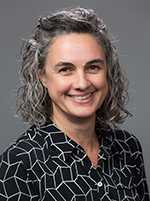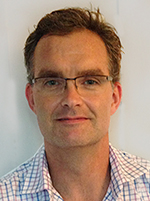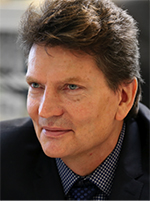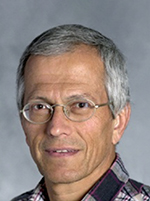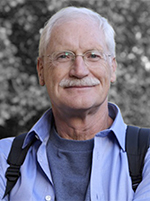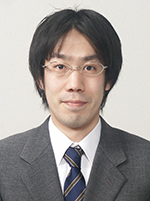 |
 |
Antoine Adamantidis
(University of Bern)
Activity of hypothalamic goal-directed circuit across brain states
Prof. Antoine Adamantidis is a Professor of System Neurophysiology in the Dept of Neurology at the University of Bern. He is the co-director for the Zentrum Fur Experimentale Neurologie (ZEN labs) at the Inselspital. He obtained his pre- and postdoctoral education at the Universities of Liege, Belgium, and at Stanford University School of Medicine, USA, respectively.
Prof. A. Adamantidis’s research objectives aim at investigating the wiring, firing dynamics and plasticity of the neural circuits regulating brain states in normal and pathological states using in vitro and in vivo optogenetics – a technology that he and his colleagues pioneered at Stanford University – combined to genetics and electophysiological methods. His research program has been driven by questions such as, What define a sleep/wake circuit? What is the relevance of neural discharge rate in controlling sleep-wake states and sleep function?How pathophysiological symptoms of sleep disorders (narcolepsy, insomnia, etc.) relate to sleep-wake circuits dynamics? His laboratory identified hypothalamic circuits controlling rapid-eye movement (REM) sleep and arousal. In more recent work, his group identified septo-hippocampus circuit supporting theta rhythm generation and contextual memory consolidation during REM sleep, and the thalamic contribution to sleep-wake states.
Prof. Antoine Adamantidis has received several awards including the Pfizer Research Award, the R. Broughton Young Investigator Award (Canadian Sleep Society), a Canadian Research Chair in Neural circuits and Optogenetics, a NIH Pathway to Independence (PI) Award-K99/R00 (USA), NARSAD and Sleep Research Society Young Investigator Award (USA).
|


